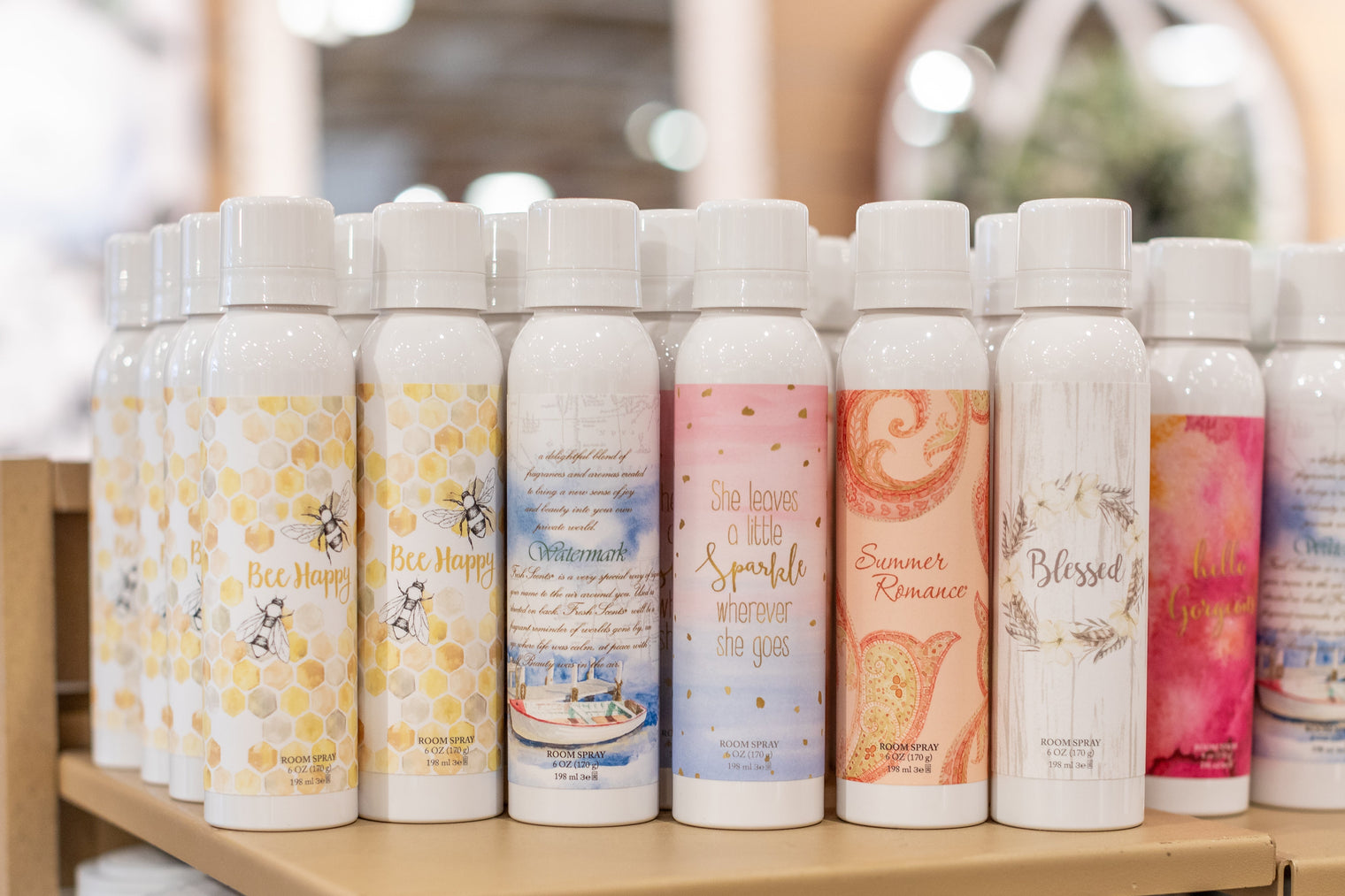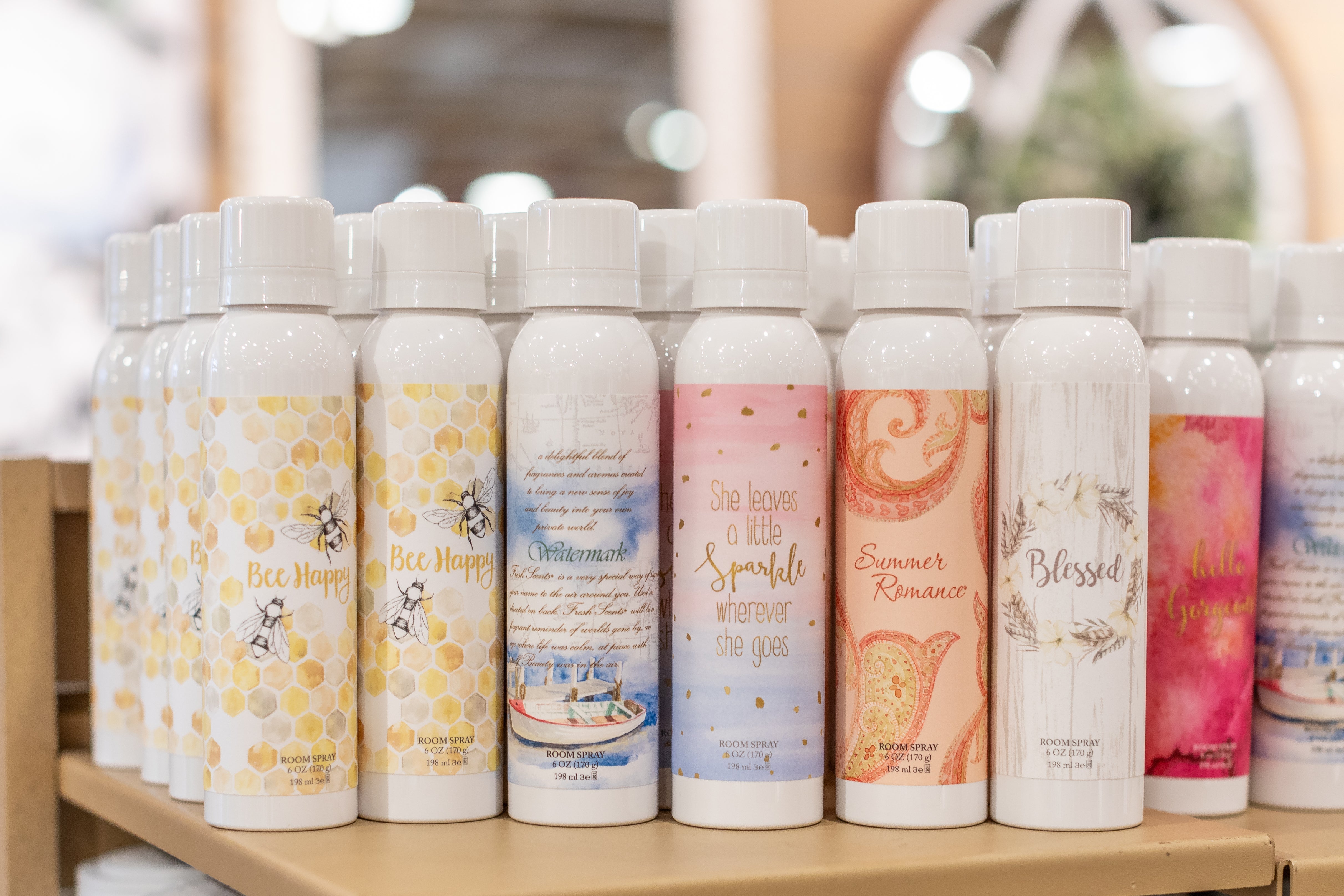Private Label vs. Established Brands: What’s Best for Your Retail Business?
As a category manager, you’re responsible for building assortments that perform—and that means making smart choices between private label and national brands. It’s not always a clear-cut decision, especially in sensory-driven categories like home fragrance.
This article outlines a practical framework to help you evaluate your options thoughtfully and maximize results in your retail space.
1. Evaluate Quality: Will Customers Notice the Difference?
Private label is often appealing for its margin potential, but as Harvard Business Review explains, it works best when it can match national brand quality at a lower price (source). In categories where sensory performance matters—like fragrance—customers are quick to notice when the experience doesn’t meet expectations.
If your private label sachets lack fragrance strength, longevity, or visual appeal, it’s likely to show up in slower turns or reduced repeat purchase behavior.
Ask yourself:
-
Can my private label compete on quality and price?
-
If not, is this category worth outsourcing to a more recognized option?
2. Look Around: What Are Others Doing?
Understanding your competitive landscape is critical. As SmashBrand points out, successful retailers often use a hybrid strategy, relying on private label for commodity SKUs and using national brands to drive interest and differentiation.
Look at your peers:
-
What’s the private label/national brand mix across your competitive set?
-
Are national brands used to anchor seasonal promotions or tell a design story?
-
Where might your assortment feel undifferentiated?
Taking time to audit your category mix against the market can spark ideas for optimizing your shelf space.
3. Be Honest About Brand Loyalty
Shoppers don’t always make decisions in a vacuum. They bring preferences, familiarity, and expectations to every product interaction.
If a customer is specifically looking for a known fragrance brand—or has had a negative experience with private label in the past—it can influence trial and repeat purchasing.
As a buyer, your job is to assess:
-
Where does trust currently live?
-
Do your private label items have enough recognition to drive loyalty on their own?
This is especially relevant for categories like sachets, where gifting, scent memory, and impulse buying all play a role in conversion.
Plan Smart, Maximize Sales
Ultimately, this isn’t about choosing a “side.” It’s about making informed, strategic decisions that support your category goals. A thoughtful mix of private label and national brand—based on quality, market research, and customer behavior—will position your assortment for long-term success.
Buyers who take the time to assess this now will be better equipped to make faster, more confident decisions in the future.
You May Also Like
Looking to sharpen your buying strategy further? These articles may help:




